Alex Reed, professor in Integrative Studies, Honors and the Department of Music at Ithaca College, was interviewed by CNN about his research on the stereotypes surrounding rock and gothic music and how they impact adolescents throughout their lives. Reed also researched the German industrial rock band KMFDM, which has been associated with school shootings in the U.S.
In both the Columbine High School shooting in 1999 and the school shooting Dec. 16, 2024 at Abundant Life Christian School in Madison, Wisconsin, media pointed out the perpetrators’ music taste and clothing as an explanation for their actions. In both events, the shooters were wearing the same KMFDM shirt.
News Editor Kaeleigh Banda spoke with Reed about how he became interested in researching the assumptions surrounding alternative music styles. Reed also discussed how the connections between KMFDM and school shootings have caused harmful stereotypes.
This interview has been edited for length and clarity.
Kaeleigh Banda: How did the perceived ties between violence and certain styles of music first come about?
Alex Reed: That goes back to Plato. …There was an idea from the very start that music was indicative of how people felt, what they believed or what they politically wanted. And that probably has some truth to it. You can trace lots of connections, both intended and insidiously accused from that point, for example, … if you listen to this music or that music, then you must be a bad or violent person. … Historically, when people make those accusations, more often [they are] driven by some other prejudice and oftentimes some other hate. In America, this is very often just tied to race. So there were all kinds of insinuations about the evils of jazz music back in the 1920s in the 1930s in the flapper era, and this was effectively born out of anti-Black racism, specifically in America. … These [assumptions] have existed for a really long time and people will manufacture new ones as is convenient because they are never based on research. It’s never actually about the music. It’s always that there’s a preexisting fear, whether justified or not.
KB: How did you first become interested in this research and the topic in particular?
AR: When I was a middle schooler and high schooler I dressed in black, I listened to a lot of sad and spooky music. … I loved this music and I noticed that there was a lot of fear and anxiety surrounding [it]. Usually when a kid in middle school or high school ends up diverging socially or in terms of neurodiversity … [they] start figuring out who they are and oftentimes, music is part of that. It’s [something] that you can point to. … There are lots of things about identity that are much harder to address than what clothes you’re wearing or what music you’re listening to so they become sort of easy go-tos and when I was in high school, that was happening to me as well. … The media frenzy right after Columbine focused on the fact that the two gunmen who carried it out wore black trench coats and listened to … KMFDM and music I knew and listened to as well. … I remember that schools were immediately cracking down at that point saying, … “Kids can no longer dye their hair, they can no longer wear black, they can no longer wear combat boots.” That was us. We all hung out in the art room and we were harmless.
KB: Can you explain how the public’s assumptions about the perpetrators in the Columbine shooting compare to the recent shooting in Wisconsin? How do they connect?
AR: I have heard about connections to music — specifically gothic, industrial and metal music — two or maybe three times ever when I’ve read about school shootings. That’s a very small number. So the question that I [think] about is, why did we focus on the music in these cases? Why is it that we don’t hear about the musical tastes of Dylann Roof or of the pickup truck guys who drove into crowds at protests?
KB: How does your research and your knowledge about this topic translate to your classes here at Ithaca College?
AR: I’ve taught a few classes that are really invested in aesthetics and subculture. I used to teach a seminar called “Punk and the Making of Self” which is a class about the histories of cultural margins and the ways that individuals have used their aesthetic tastes to find each other. … This community-making is the sort of thing that saves lives. … I’m interested in my courses, in many cases, [to be] a beacon for students who do feel at the margins, who do feel like they don’t necessarily fit into that middle lane of American culture.
KB: In your opinion, how can people shift the narrative surrounding certain genres of music to help prevent harmful false assumptions?
AR: Be unafraid of hard questions and be aware when you are avoiding them in hopes of easy answers. So let’s say you look at any individual school shooting, there might be a different particular equation behind each individual situation, right? Some kids might not be getting the help they need and some kids might be under the influence of a really toxic peer or parent. … But maybe we should be thinking about questions on the broadest scale. We can have conversations much more materially about wealth distribution or access to mental health care or access to firearms. These are all hard conversations, right? These are all conversations that there are billions, if not trillions, of dollars invested in maintaining the status quo. … A larger-scale answer is to look at events as symptoms of larger states. And once you can do that, … you’re going to start seeing fewer bad things happen and more good things happen broadly. Look at the world as a garden rather than a causal chain and you do your best to make that garden grow.
KB: How did CNN get in touch with you about the article and what led them to speak with you?
AR: I published a book in 2013 called, “Assimilate: A Critical History of Industrial Music.” [The book] talks about one of the genres of music that is associated with the T-shirt that the kid who shot the school in Wisconsin was wearing. … Jake Blount, who’s a fantastic musician on his own, somehow got wind that CNN was writing this article and got me in touch with a contact he has at CNN.


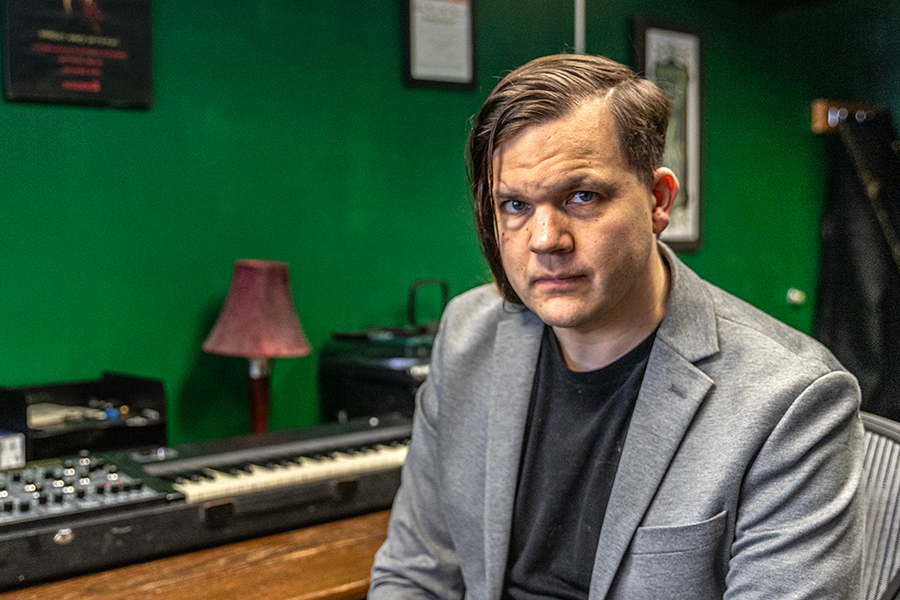
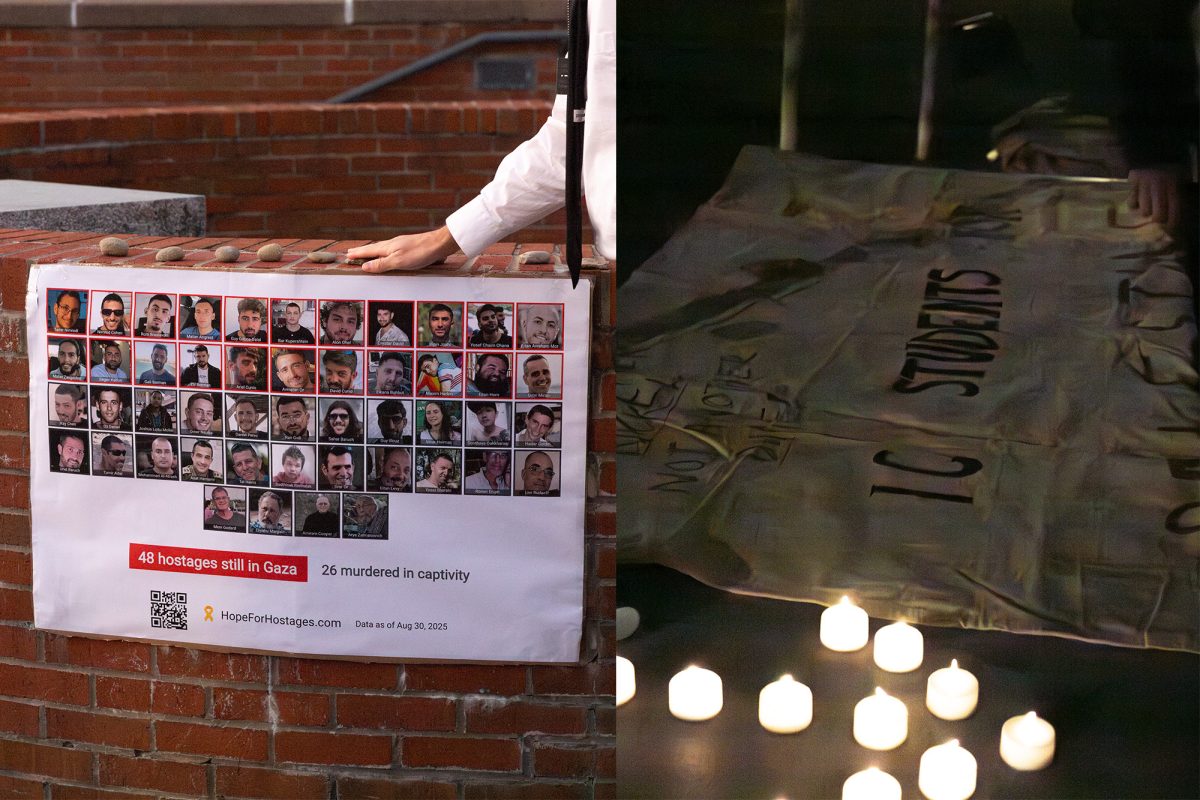
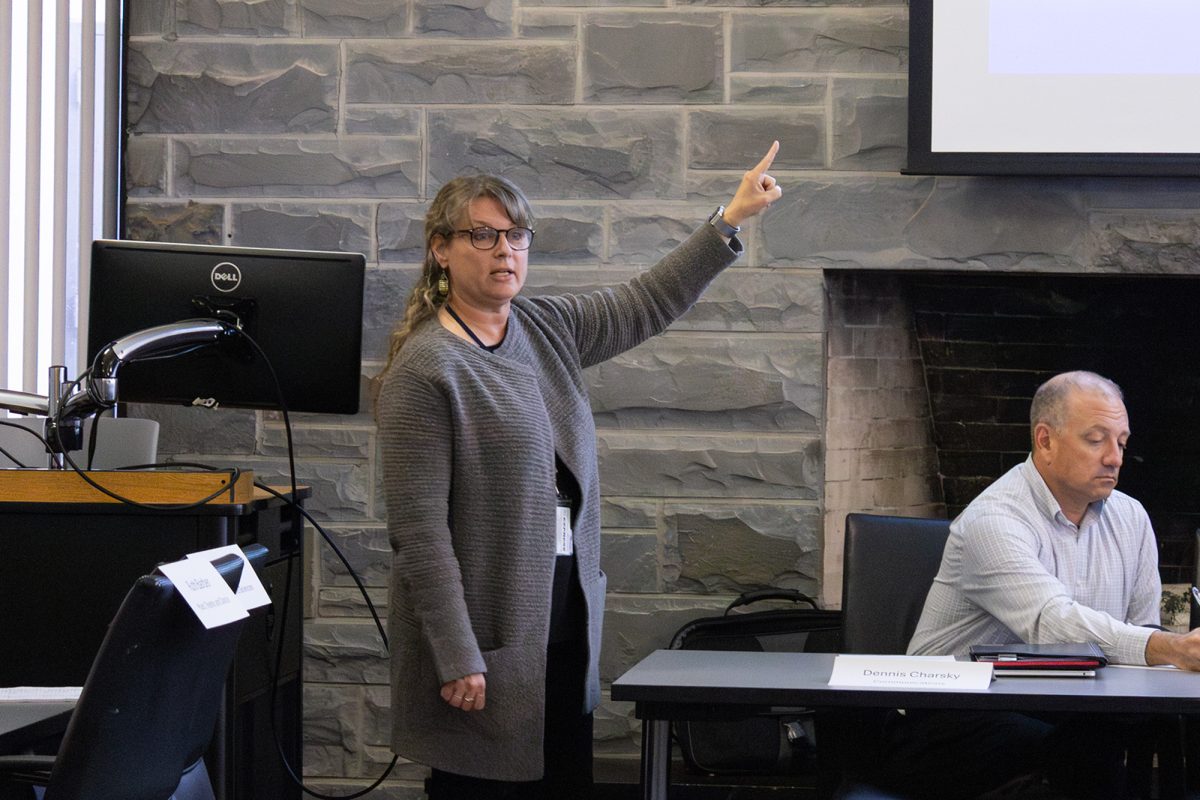
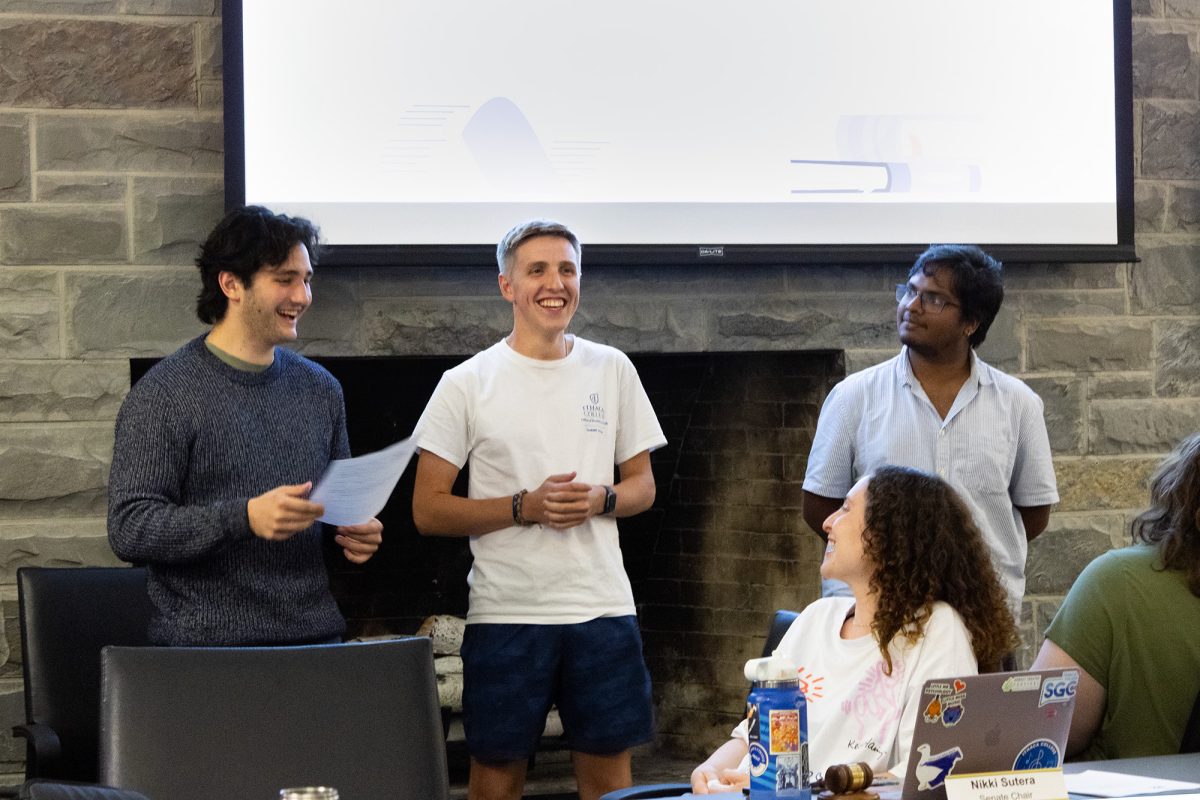
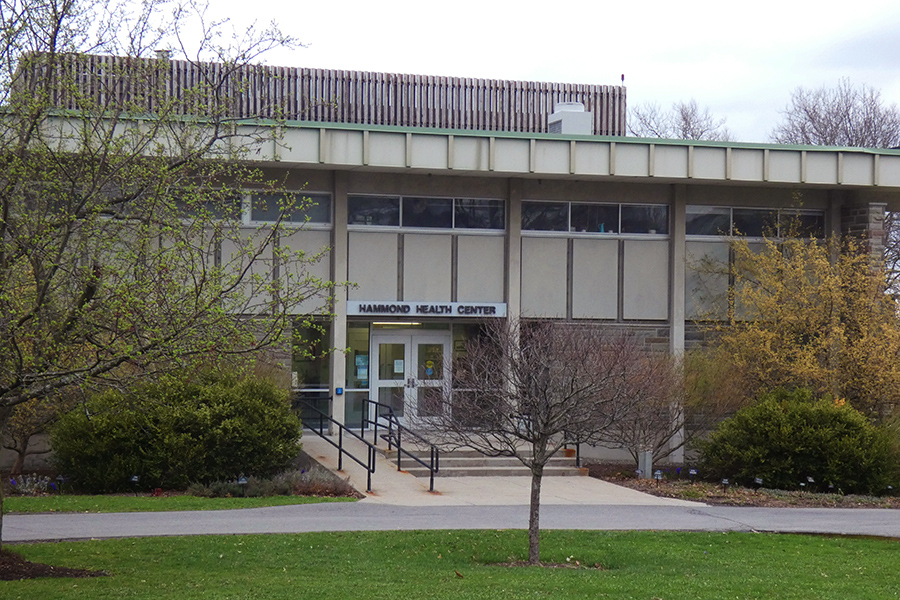

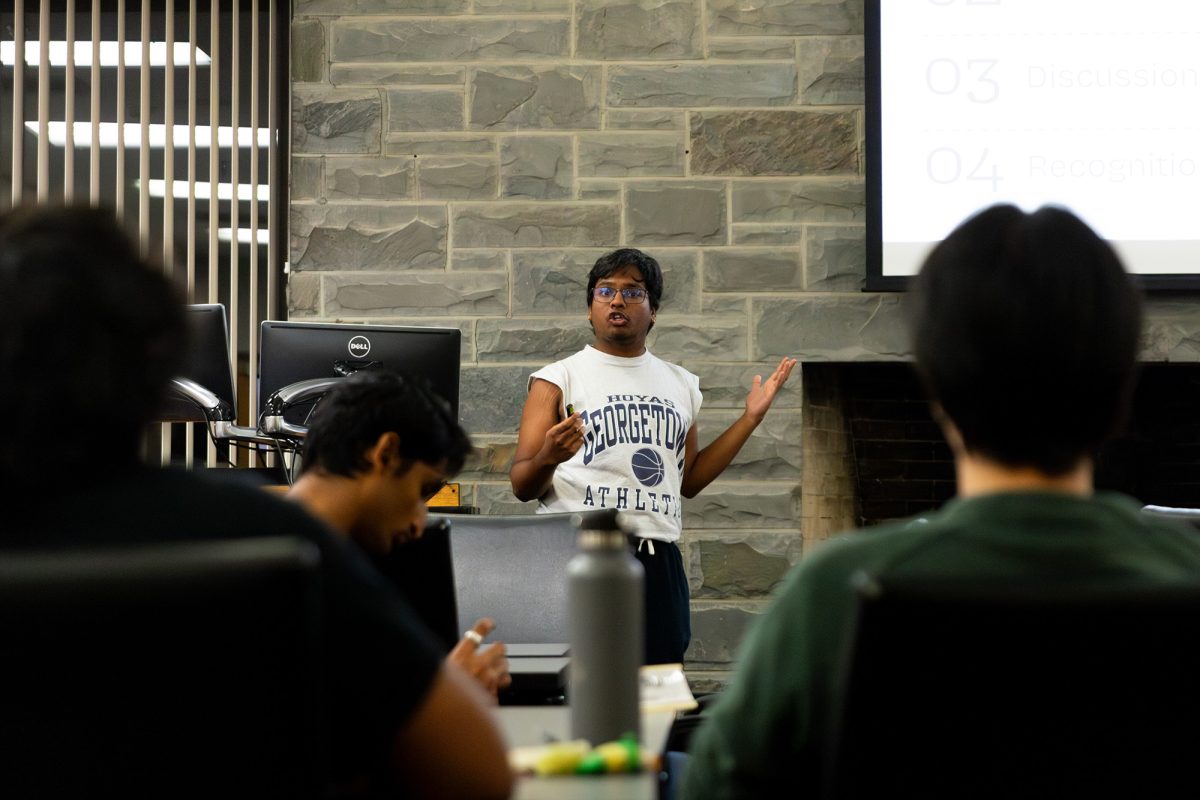


Shannon • Jan 23, 2025 at 8:14 pm
This was a fascinating interview!